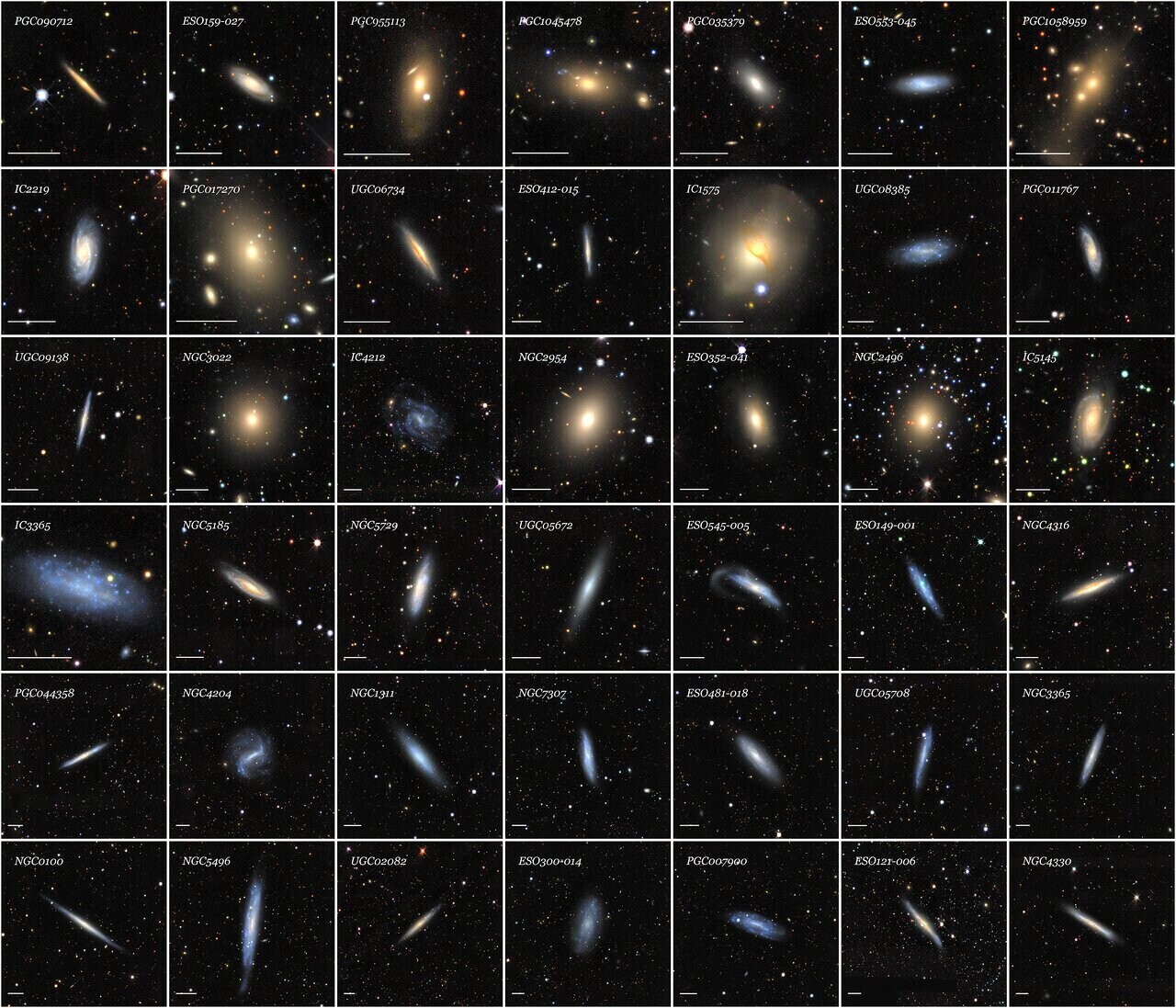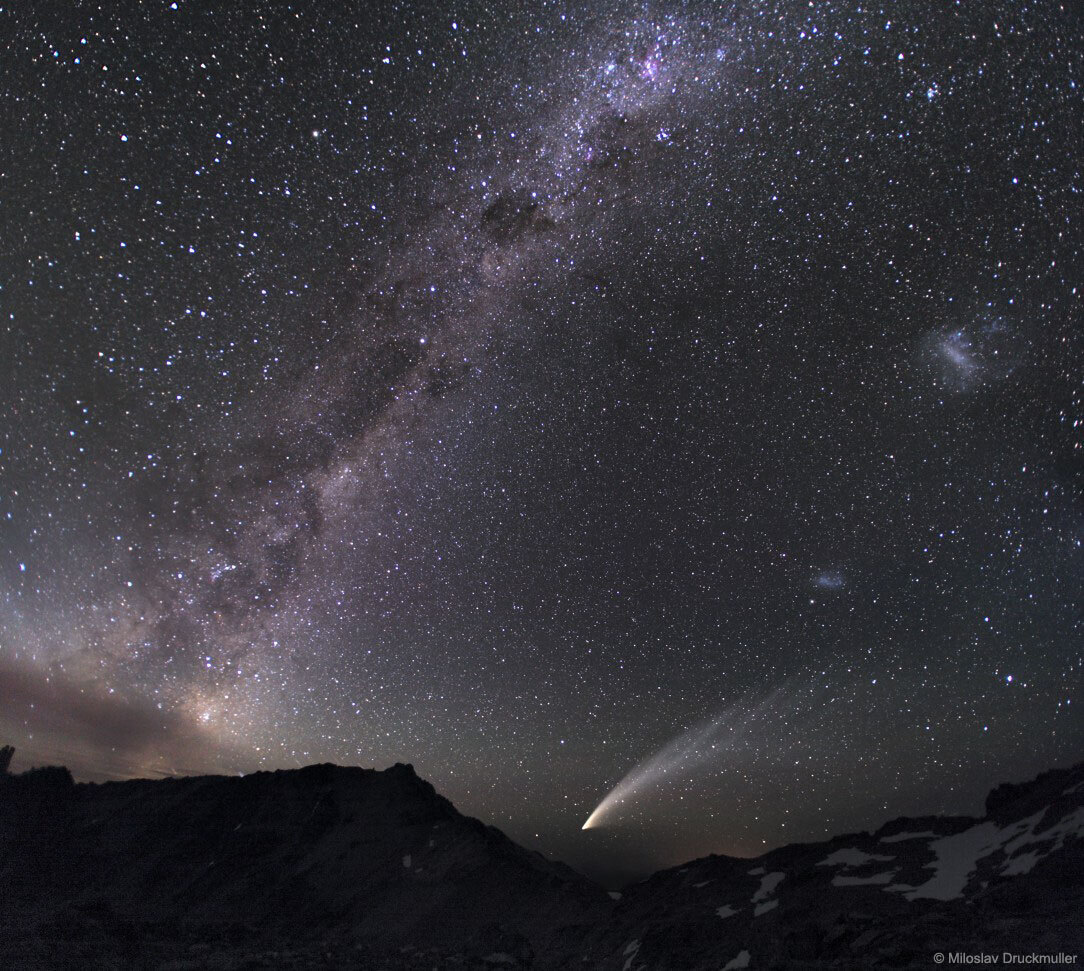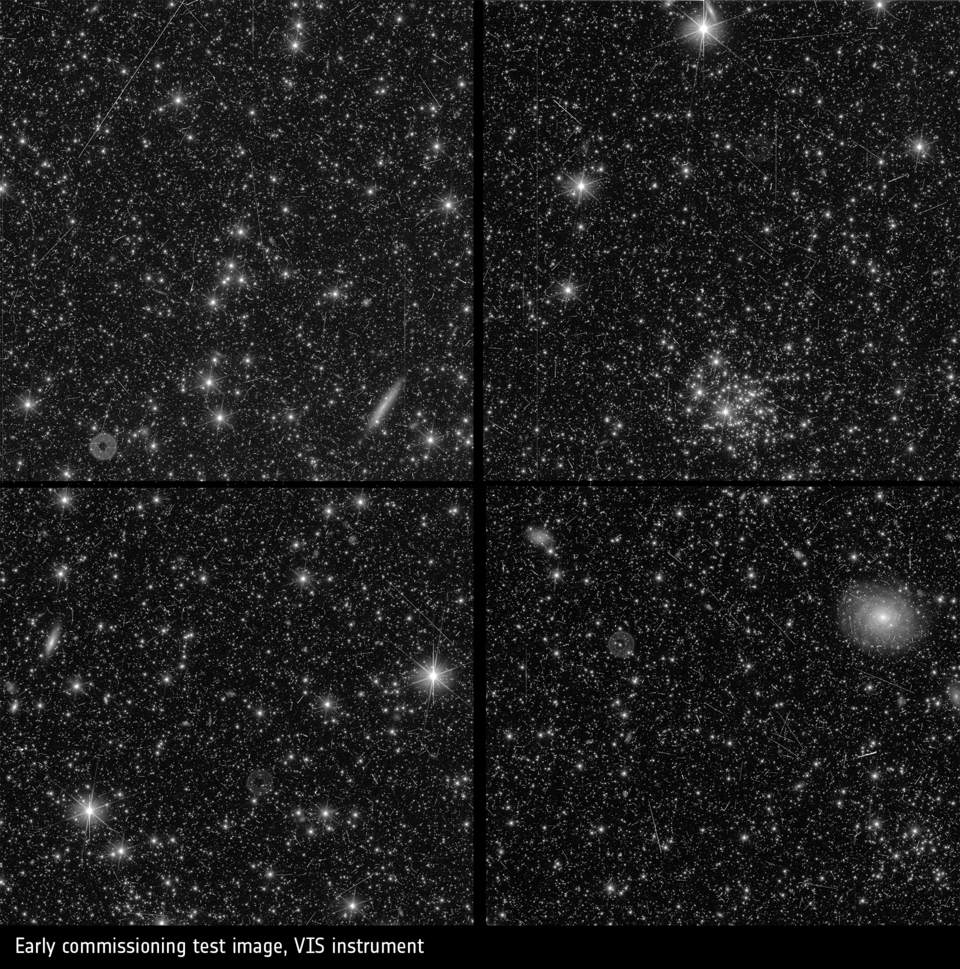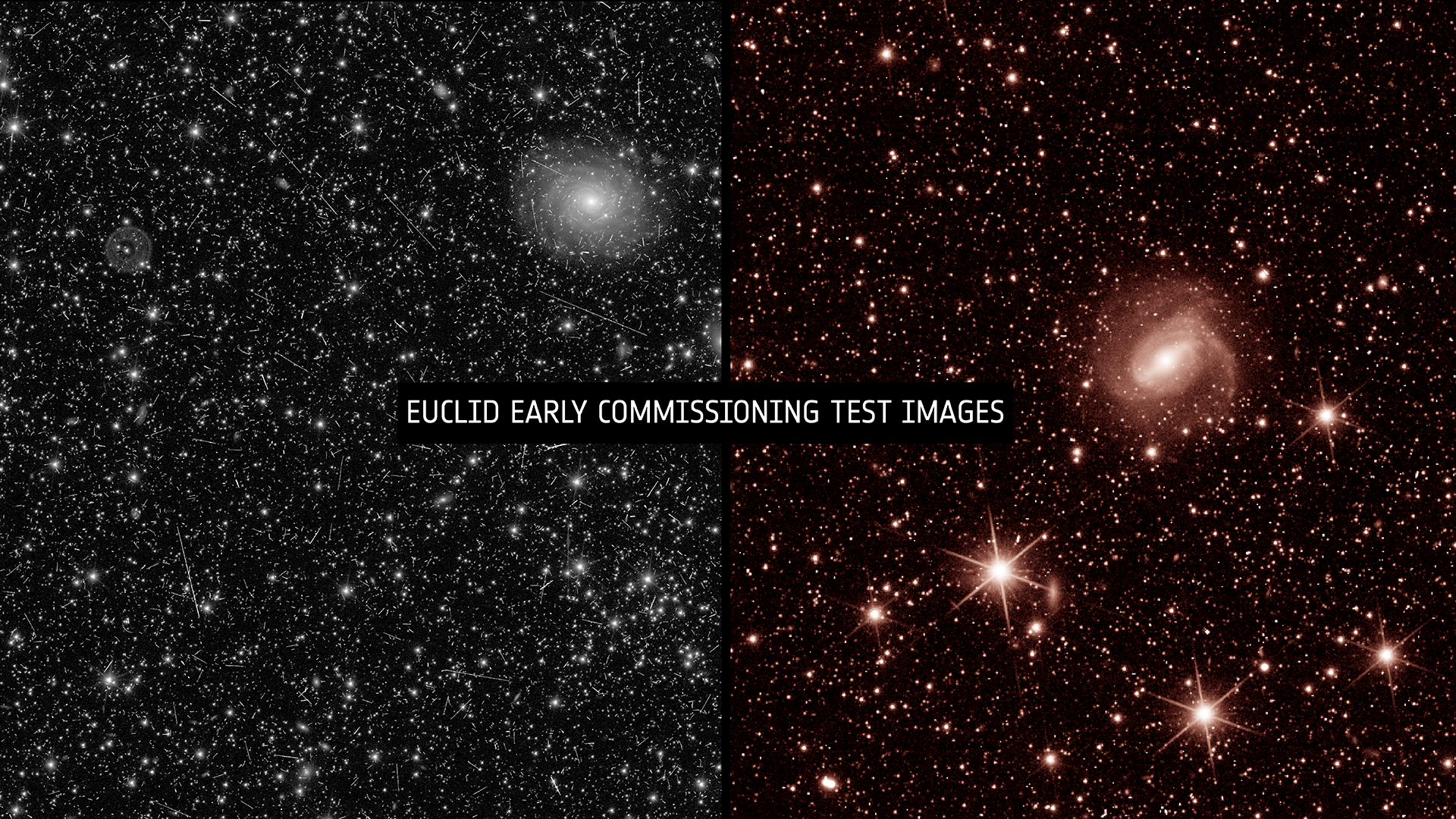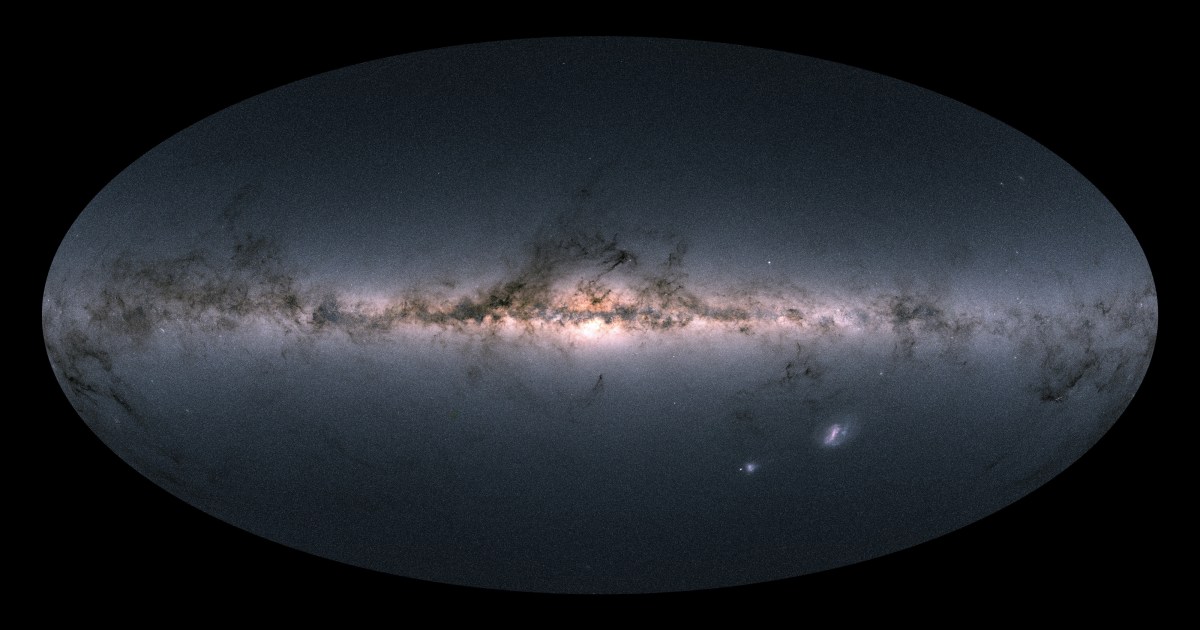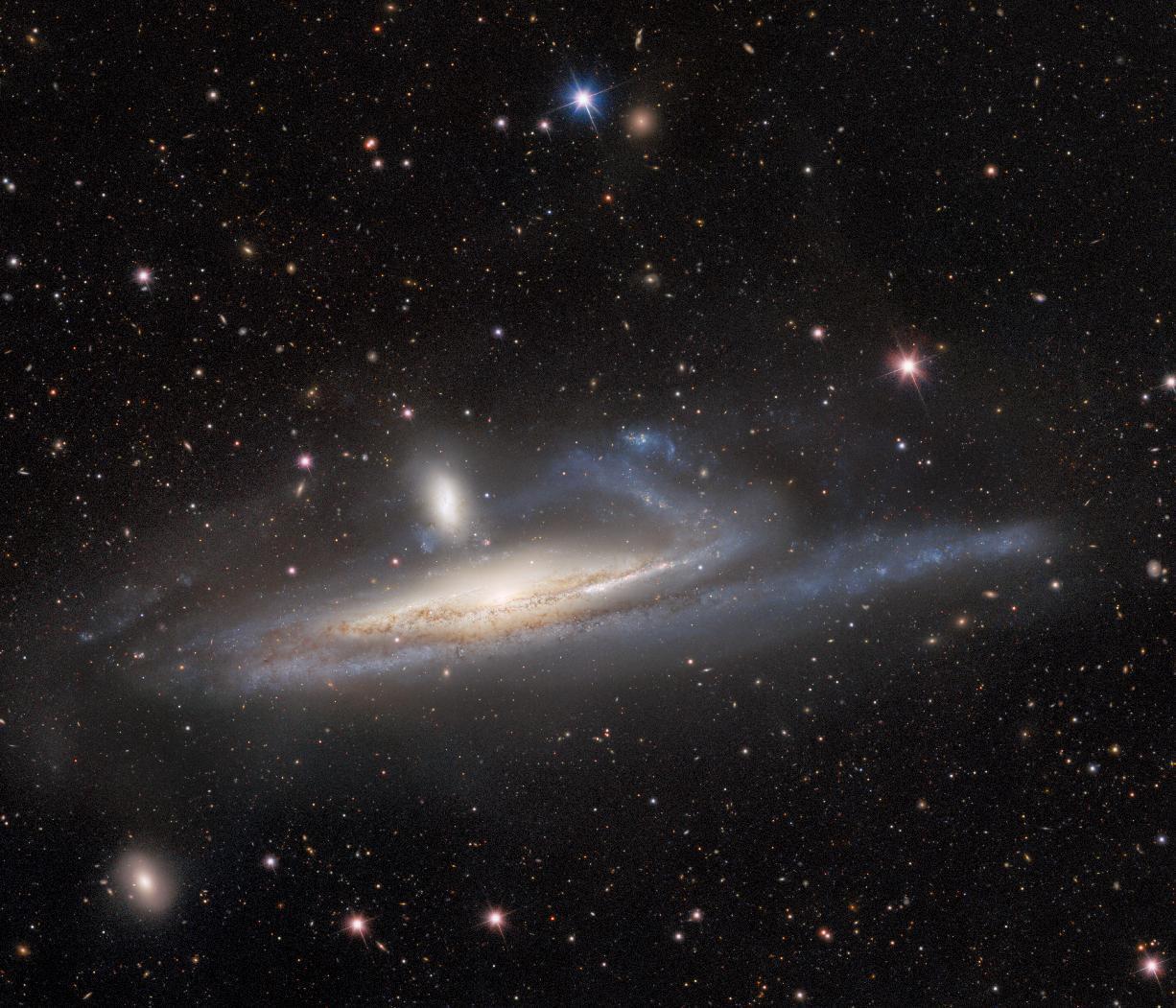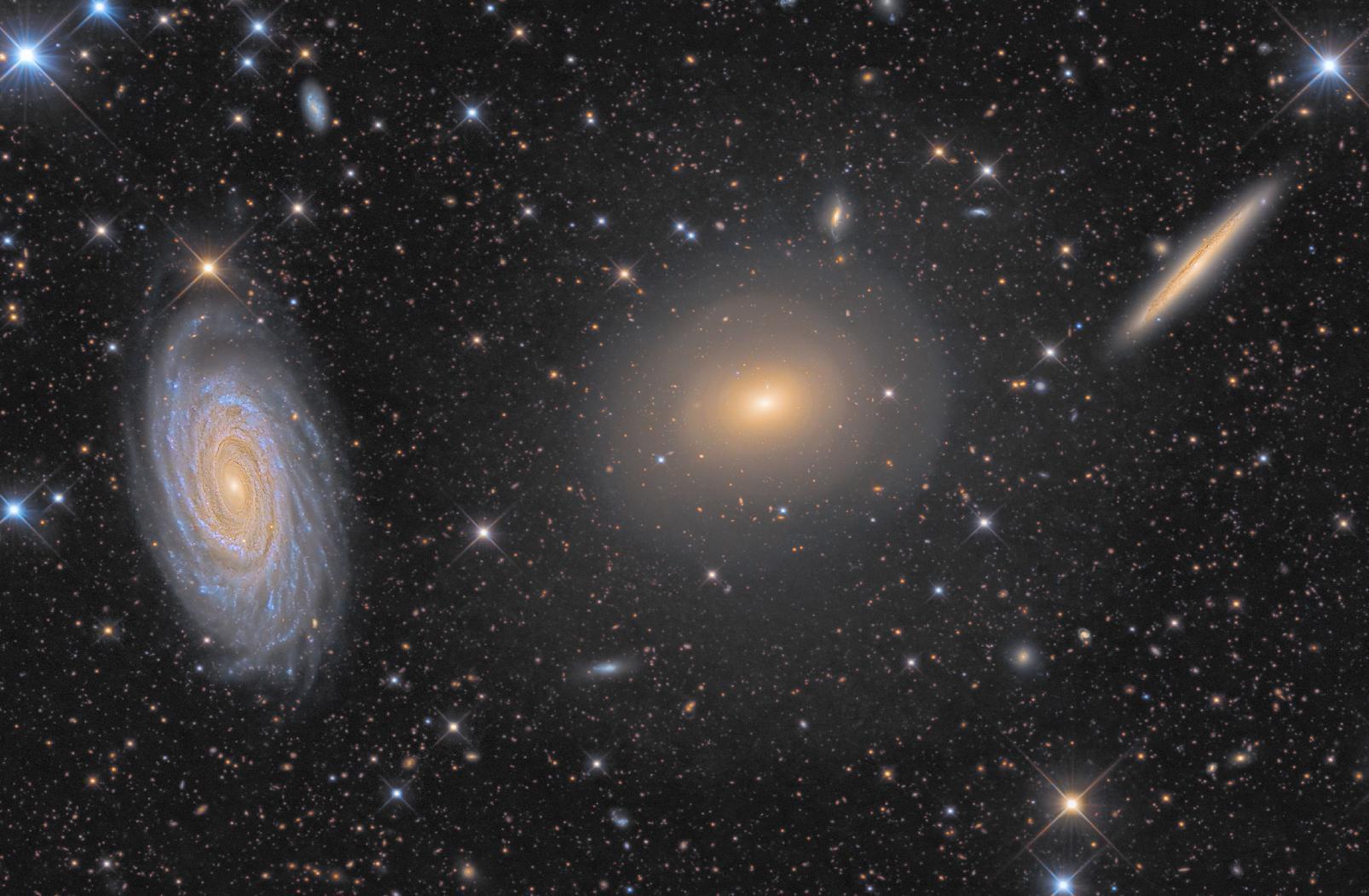Have to say that my new tablet makes reading papers an absolute joy - I've read five of the damn things in the last day alone. But more on that in due course.
Anyway, this one is about the mass of the Milky Way. The press releases run with the boring headlines about the Galaxy being less massive than from previous measurements, but that's not what's interesting. What's interesting is that this uses not only new data but a fundamentally better technique, and it points to the Milky Way being (in some ways) a genuinely unusual spiral galaxy. This always gets a lot of pushback from the anti-Standard Model crowd, who insist that the Milky Way must be typical and any attempt to invoke peculiarities when anything unexpected is found is somehow shifting the goalposts. Essentially they claim that everything is being fudged, that if something appears to contradict the prediction, we somehow revise out data so that the Milky Way is a special case, and not the typical example we should presume it to be.
And that's a legitimate concern : we don't want to risk dismissing the much more interesting prospect of finding something genuinely contradicting the model ! But to me at least, that's not what's being done. Absolutely, we should presume we're a typical spiral. But when data demonstrates unequivocally that this isn't the case, we have to account for this. To ignore our peculiarities would be every bit as bad as inventing them.
#Science
#Astronomy
#Galaxies
#Astrophysics
https://llittlephysicists.blogspot.com/2023/10/keplers-krazy-kurves.html
